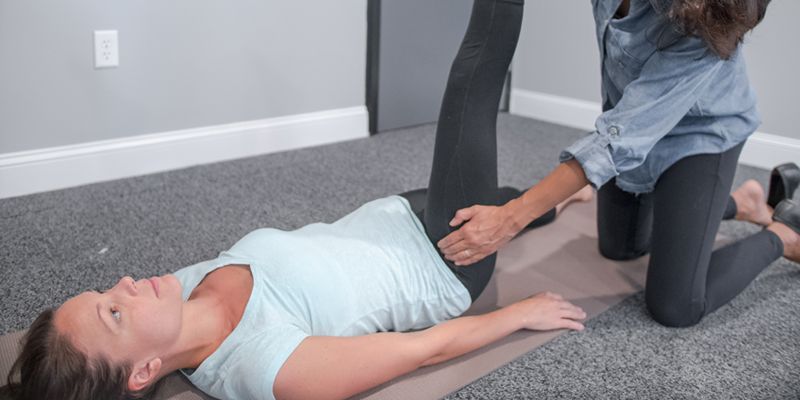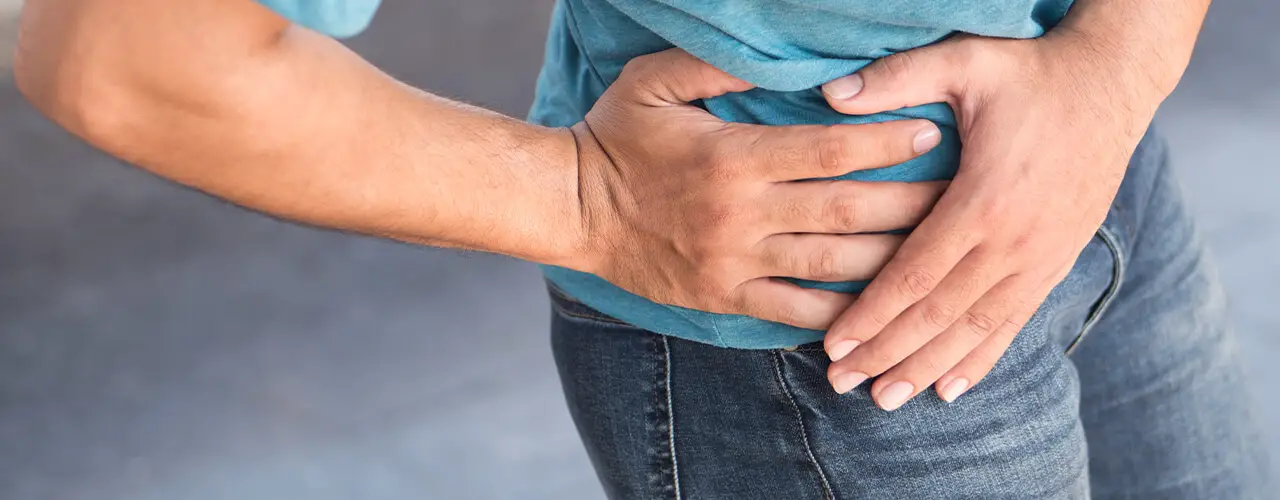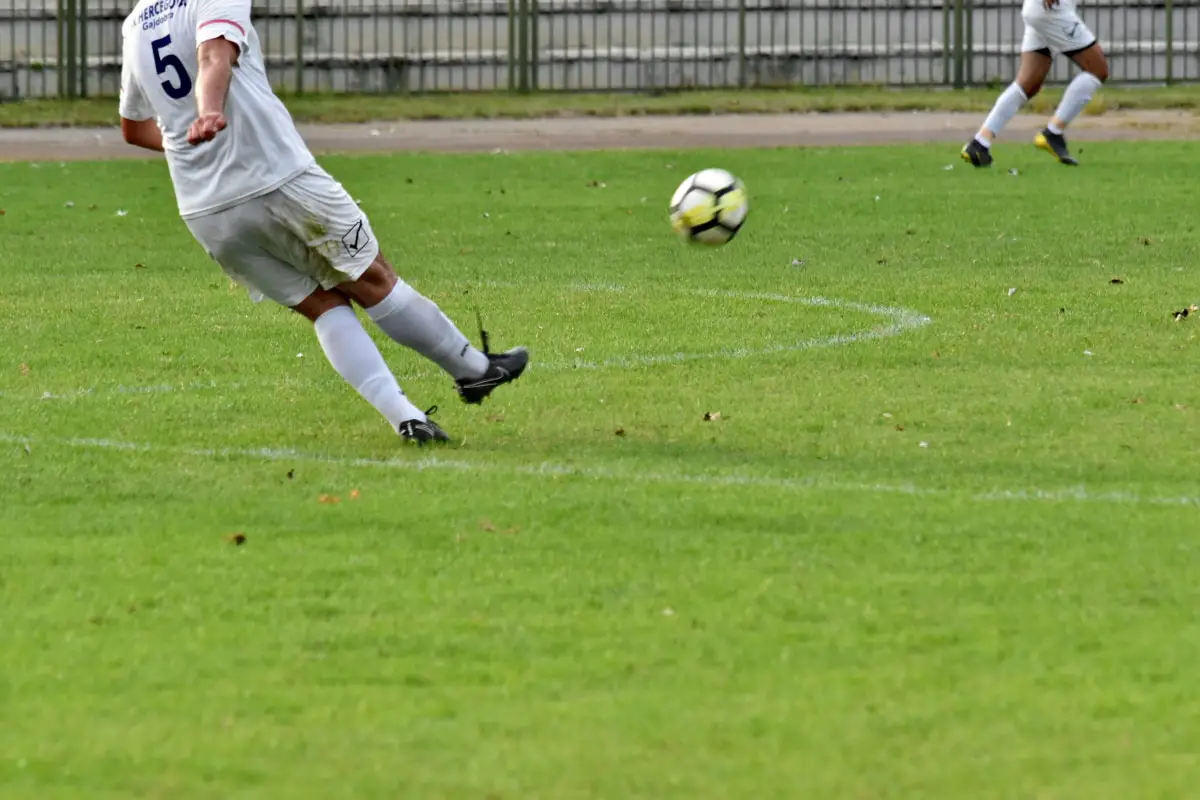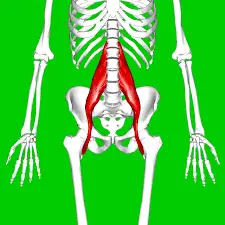Article reviewed and approved by Dr. Ibtissama Boukas, physician specializing in family medicine
La psoas tendonitis is one of pathologies of basin. As its name suggests, it is a disorder related to tendons. It is common among athletes. It could be the source of genes and discomfort in daily life, since the psoas muscle is essential for essential movements such as walking, standing and sitting.
So what to do in case of psoas tendonitis? The answer in this article.
What is psoas tendonitis?
La tendonitis is a disease inflammatory of tendons. THE tendinitis particularly concern the tendons lacking de sheath synovium.
La tendonitis or tendinopathy du psoas is a condition caused by the irritation or inflammation of tendons of muscles du psoas.
Anatomical reminder
Le tendon is the end which connects the muscle to a bone or other element. He coordinates our movements and our mobility. It is he who transmits the strength of the muscles to the bones. The tendon is fibrous in nature and round or flattened in shape.
Le psoas, meanwhile, designates a muscle group which is located in the posterior part of the abdomen. We often talk about iliopsoas ou iliopsoas.
This group of iliopsoas muscle consists of two muscle heads:
- le iliac muscle which attaches to the pelvic bone (iliac bone);
- le psoas muscle proper which attaches to the front of the vertebrae lumbar (spine).
These two muscular heads meet at the level of a tendon which attaches to the apophysis of the femur (or lesser trochanter). Crossed by the nerve sciatica, psoas has a connection with the diaphragm, the pelvic area and the intestine.
Le psoas connects the upper part and the lower part of the body. And by contracting, it contributes to the various movements of the hip joint such as:
- flexion: bringing together the thigh and the pelvis;
- extension: moving away from the thigh and the pelvis.
La tendonitis du psoas mainly concerns this hip flexor tendon.
What causes psoas tendonitis?
Inflammation of tendons of muscles ilium-psoas is most often the result of a repetitive motion, prolonged exertion and poor posture.
Basically, everything mechanical stress strongly soliciting these muscles could lead to a weakening of the tendons, resulting in inflammation, or sometimes, tearing of tendons.
As the tendinitis persist, there could be a morphological change in these fibrous structures. They will thicken and take on an irregular shape.
Here is a list of causes likely to the appearance of psoas tendinitis:
- la solicitation of the psoas muscles by: dynamic bodybuilding exercises, sustained and long-term sports training such as racing, physical activities that involve hip flexion, etc.;
- the prolonged maintenance of the same posture: sitting or standing too long;
- wearing a hip prosthesis : this device accentuates the friction at the origin of an irritation and inflammation of the psoas tendons;
- muscle weakness in the hip and back regions;
- the development of a lumbar pathology: low back pain, cruralgia, lumbar disc herniation, sciatica...
Since the iliopsoas muscles are in relation with intestines, certain intestinal inflammatory pathologies could potentially favor the tendonitis du psoas.
In general, individuals who suffer from psoas tendonitis are athletes and people over the age of 50.
How does this pathology manifest itself?
La tendonitis du psoas is manifested by numerous symptoms the main one of which is pain in the fold of the groin. It engages when you voluntarily bend your hip and you feel it especially during certain common movements such as walking or climbing stairs.
The patient then presents difficulties when changing position, for example when getting up, sitting down or lying down. At the same time, a weakness even a fatigue at hip level can be seen.
In this pathology, pain can be felt when coughing and sneezing. Indeed, the psoas are in relation with the diaphragm.
As soon as these symptoms appear, treatment becomes necessary, starting with the diagnostic in order to provide appropriate treatment as quickly as possible.
What is the diagnosis of psoas tendonitis?
The diagnosis of tendonitis du psoas is before everything clinical. It is based beforehand on an interrogation for the recognition of symptoms.
For more information certainty, the doctor will carry out further examinations.
A radiograph
X-rays make it possible to specify the origins of the pain and to rule out pathologies with symptoms similar to those of tendonitis du psoasas an hip osteoarthritis for example.
It is also useful for checking the status of the tendon and the position of the prosthesis compared to it in the case where the patient wears it.
A scanner
The scanner also makes it possible to assess the condition of the tendon. For example, in the case of a psoas tendonitis chronic, we will find atrophy of the muscle.
By this examination, one could well observe the position of the prosthesis et damage to the psoas tendon.
When the diagnosis is made, the treatment to be adapted can be decided.
What are the treatments for psoas tendonitis?
Conservative treatment
Le psoas tendonitis treatment is first conservative. It includes various stages.
- If necessary, put repos muscles iliopsoas, by immobilization for a period of time to ensure optimal healing. Then, they are made to work again gradually.
- Relieve pain by taking analgesics and non-steroidal anti-inflammatory drugs.
- Resort to the physiotherapy and massage therapy for stimulate the tendon healing process. Physiotherapy also promotes the rehabilitation of the patient so that he can resume little by little, in a correct way, the gestures of daily life and sports activities.
Alternative treatments
The alternative treatments for this tendon pathology can also show good results, although their effectiveness has not yet been scientifically demonstrated. Among these treatments, we mainly practice:
- naturopathy;
- acupuncture;
- natural products;
- grandmother's green clay remedies;
- magnetic therapy, using magnets.
Treatments with essential oils
It is also possible to make essential oil therapies to treat tendonitis. There are species that are particularly interesting for the psoas tendonitis treatment.
wintergreen essential oil
By its analgesic, anti-inflammatory and analgesic power, wintergreen essential oil is highly effective in relieving pain. In addition, it heals and repairs internal and external injuries and inflammations related to psoas tendonitis. This essential oil is applied locally in regular massage for about a week.
Lemon eucalyptus essential oil
Thanks to its active principle which is citronellal, thelemon eucalyptus essential oil works positively to treat inflammation of the muscles and psoas tendons. It also provides an analgesic effect. It is used in the same way as that of wintergreen, that is to say in massage.
How to recover from psoas tendonitis?
Like many tendinitis, that of psoas may take several months to fully heal. It is not rare to observe occasional recurrences, and to note a total cure after a period extending over 6 months.
Not using these muscles for fear of recurrences is not a good idea. It is even advisable to gradually resume light exercises gradually. This will help maintain optimal circulation, as well as joint and tendon lubrication essential for optimal tendon healing.
It will therefore be necessary to resume simple and painless activities as soon as possible. A physiotherapist (physiotherapist) can provide you with a suitable program to stimulate the psoas muscle gradually, without creating excessive inflammation that would slow healing.
References
http://centre-osteo-articulaire.fr/index.php?page=tendinite-du-psoas











